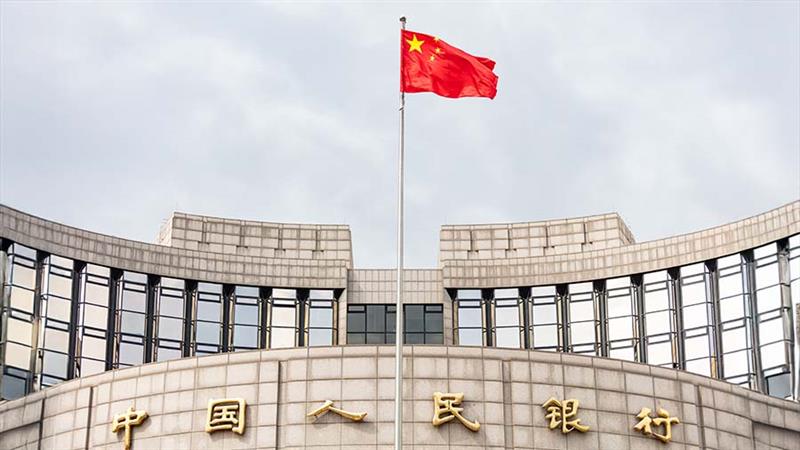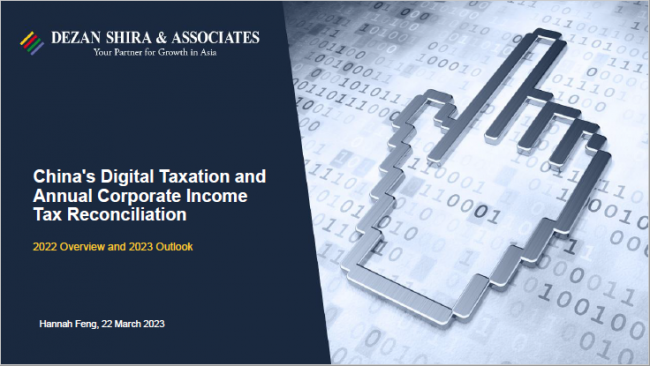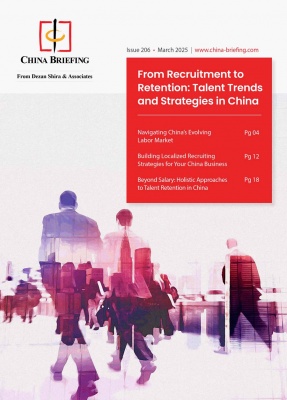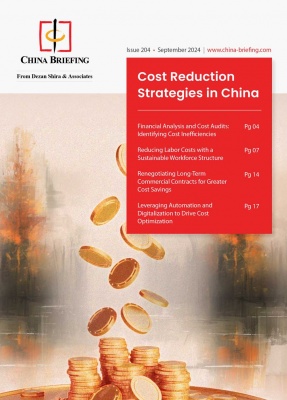Malaysia and China Forge Strategic Partnerships Amid U.S. Tariff Pressures
The diplomatic landscape in Southeast Asia is undergoing a significant shift as Malaysia deepens its strategic alignment with China in response to rising global trade tensions. During a landmark state visit by Chinese President Xi Jinping to Kuala Lumpur in April 2025, the two nations signed more than 30 bilateral cooperation agreements, marking a new phase in their already robust relationship. Coming on the heels of the United States imposing sweeping 24% tariffs on Malaysian exports, the agreements reflect a deliberate and calculated move by Malaysia to diversify its economic dependencies and bolster long-term security.
This development coincides with the 50th anniversary of diplomatic ties between Malaysia and China. Far from being symbolic, the occasion has provided both governments an opportunity to recalibrate their priorities in the face of rising protectionism and a more fragmented global order.
Reinforcing economic and technological synergies
The newly signed agreements span a wide array of sectors, illustrating the multidimensional nature of the Malaysia-China relationship. Areas of cooperation include digital innovation, artificial intelligence, satellite navigation, green technology, intellectual property, and manufacturing.
One of the most significant developments is the agreement to deepen cooperation on satellite navigation, particularly the integration of China's BeiDou Navigation Satellite System (BDS) into Malaysia's infrastructure. This move not only reduces Malaysia's dependence on Western technology but also positions it as a regional partner in China's digital and geospatial ambitions. Applications of BDS will be integrated into agriculture, logistics, and public safety, aligning closely with Malaysia's goal of accelerating digital transformation under its Digital Economy Blueprint.
In the realm of artificial intelligence, both nations agreed to establish joint laboratories and research centers. These will focus on advanced machine learning applications, including predictive maintenance in manufacturing and AI-enabled diagnostics in healthcare. The emphasis on emerging technologies reflects a shared vision of technological self-reliance and innovation-driven growth.
Strategic infrastructure and regional logistics integration
The agreements also encompass major infrastructure projects, including the East Coast Rail Link (ECRL), which is already underway with Chinese support. The latest deal extends cooperation in project financing, engineering services, and technology transfer. As a flagship Belt and Road Initiative (BRI) project in Southeast Asia, the ECRL forms a crucial component of regional connectivity, linking Malaysia's east and west coasts and strengthening logistics routes across ASEAN.
Another area of interest is the revitalization of the "Two Countries, Twin Parks" initiative, which links industrial parks in Kuantan and Qinzhou. Originally launched in 2012, the program aims to facilitate mutual investment and joint ventures in high-tech manufacturing, energy, and sustainable development. The revitalization plan includes tax incentives, simplified customs procedures, and an expansion into digital services and clean energy sectors.
Bilateral trade at record levels
In 2024, trade volume between China and Malaysia reached a record high of US$212.04 billion. This marked the 16th consecutive year that China remained Malaysia's largest trading partner. The surge in trade was bolstered by the implementation of mutual visa-free policies, which led to an influx of over 3.8 million Chinese visitors to Malaysia. These developments underscore not only the depth of economic engagement but also the increasing people-to-people exchanges that complement institutional cooperation.
Regarding FDI, Chinese capital continues to play a pivotal role in Malaysia’s development strategy. For the first three quarters of 2024 alone, Malaysia recorded FDI inflows of RM29.1 billion (US$6.3 billion) from China—an increase of about 39 percent compared to the same period in 2023. These figures reinforce China’s position as one of Malaysia’s most important economic partners, with investments spanning manufacturing, logistics, clean energy, and digital infrastructure.
Balancing great power rivalry with pragmatic diplomacy
Malaysia's strategic calculus in pursuing deeper ties with China must be understood in the context of the newly imposed U.S. tariffs. The 24% duties on Malaysian goods—ranging from electronics to palm oil—pose a serious threat to export-driven sectors. While Kuala Lumpur continues to engage Washington in talks to mitigate the tariff burden, the agreements with China offer a viable pathway to buffer the economy and redirect trade flows.
This pivot toward China does not necessarily imply an abandonment of Western partnerships. Instead, it reflects Malaysia's pragmatic recognition of Beijing's growing economic footprint and capacity to deliver infrastructure, investment, and technology at scale.
Shifting the trade architecture in Southeast Asia
These agreements also contribute to a larger reconfiguration of Southeast Asia's trade architecture. As the U.S. retreats from multilateralism and leans into protectionist policies, regional actors are seeking alternatives that preserve open trade and supply chain continuity. China, with its deep pockets and expansive diplomatic agenda, appears ready to fill that vacuum.
Through mechanisms like the Regional Comprehensive Economic Partnership (RCEP), China has already cemented its status as a key player in the region's economic integration. The recent Malaysia-China agreements could further institutionalize bilateral trade flows under this broader framework, streamlining standards, reducing tariffs, and enabling seamless logistics coordination.
Malaysia stands to benefit not only from Chinese investment but also from knowledge-sharing, technical assistance, and expanded market access for goods and services. The inclusion of provisions related to halal certification, intellectual property, and cross-border e-commerce speaks to the level of granularity that both sides are willing to pursue.
Technology, sovereignty, and mutual interests
As the global order shifts toward greater technological bifurcation, Malaysia’s embrace of Chinese platforms like BeiDou and AI research centers signals a desire to hedge against future risks. The digital divide is fast becoming a proxy battlefield in the great power rivalry, and by cultivating dual channels of innovation, Malaysia hopes to avoid overdependence on any single power.
China, for its part, views Malaysia as a gateway to ASEAN and a valuable interlocutor in the Global South. The agreements reflect a convergence of interest — Malaysia seeks capital, infrastructure, and technical know-how; China seeks legitimacy, market access, and regional influence.
Future outlook and potential risks
Despite the optimistic tone surrounding the agreements, challenges remain. Concerns persist about the transparency and debt sustainability of Chinese-funded projects. Malaysia has previously renegotiated BRI-related contracts to ensure better financial terms and local job creation. Ensuring that new agreements follow similar principles will be key to maintaining public trust.
There is also the risk of alienating Western partners, particularly the United States, which remains a critical export destination and security ally. Malaysia’s policymakers must therefore maintain a careful balancing act—engaging China deeply without closing doors elsewhere.
Conclusion: Navigating a new era of partnership
Amid U.S. tariff hikes and global trade uncertainties, Malaysia is forging a path that blends pragmatism with ambition. By aligning more closely with China in targeted sectors, it is not merely reacting to economic threats but laying the groundwork for a more balanced and sovereign future. As regional dynamics evolve, this partnership could become a blueprint for how smaller nations can assert agency and pursue strategic autonomy in a fragmented world.
This article first appeared on ASEAN Briefing, our sister platform.





















